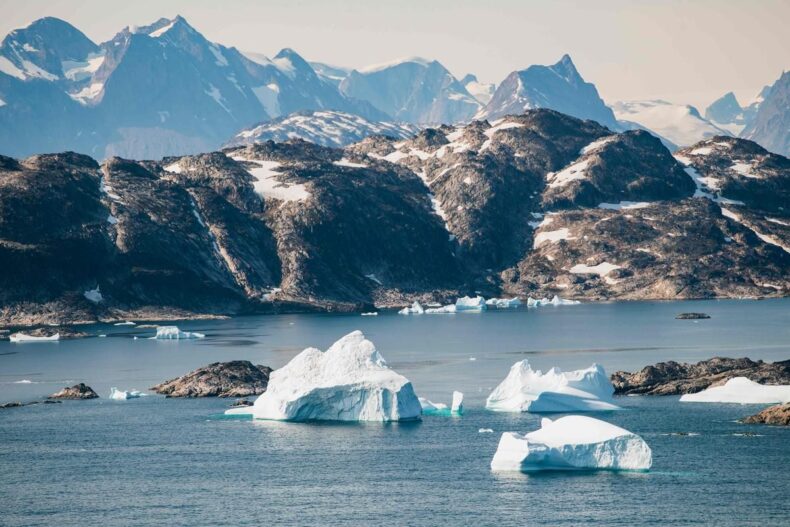2 million-year-old DNA identified, revealing the lost world of the Arctic ocean
Greenland’s northernmost point has been found to have DNA from animals, plants, and microbes dating back about 2 million years.

Greenland’s northernmost point has been found to have DNA from animals, plants, and microbes dating back about 2 million years.
Known history does not even scratch the surface of the truth. Willerslev, a professor at Cambridge and Copenhagen Universities, explains this research.
Scientists have identified a 2 million-year-old DNA from animals, plants and microbes. This is the oldest record so far. The DNA belongs to the sediment at Greenland’s northernmost point.
Greenland’s northernmost point has been found to have DNA from animals, plants, and microbes dating back about 2 million years.
It was discovered around the mouth of an Arctic Ocean fjord, revealing an amazing lost world in this remote region.
On Wednesday, researchers analyzed DNA fragments from mastodons, reindeer, hares, lemmings, and geese along with plants, bacteria, and fungi such as poplar, birch, and thuja trees.
Research
In 2006, DNA tests failed to detect the samples. Since then, DNA extraction methods have improved, allowing a breakthrough to be made.
Willerslev thinks the DNA’s connection to mineral atoms allowed it to survive longer than expected. The pace of spontaneous chemical deterioration was slowed by that connection.
The study demonstrated that ancient DNA, though highly perishable, can survive longer than previously thought under the right conditions – in this case, permafrost. As a result, he said he would not be surprised to find DNA that dates back at least 4 million years.
Researchers sequenced the DNA of 41 organic-rich soil samples collected from five places on the Peary Land peninsula extending into the Arctic Ocean. Sediment samples were examined for microscopic DNA fragments. As a result, more than 100 types of animals and plants were identified.

How can this DNA help
Willerslev said the fragmentary DNA cannot be used to resurrect extinct species but could also reveal secrets of how plants can become more resistant to a warming climate.
In his view, you cannot clone living organisms, but you can use them to genetically modify plants so they can adapt to warmer climates.
Then vs now
Willerslev continued, “It was inconceivable to foresee that Greenland preserves such a diversity of plants and animals 2 million years ago. At a period, when the temperature was quite close to what we anticipate seeing in a few years due to global warming”.
Despite some coastlines being free of ice, the majority of modern Greenland is covered by ice. The research area regards it as a polar desert.
However, according to to study lead author Kurt Kjaer of the University of Copenhagen, Greenland’s typical temperatures were 20 to 30 degrees Fahrenheit (11 to 17 degrees Celsius) higher ? 2 million years ago.
What did DNA reveal?
The presence of marine species including horseshoe crabs and green algae, also among the DNA detected, illustrated that warmer climate, the researchers said.
DNA study has revealed the details of an ancient ecosystem that included trees, bushes, and tiny plants, as well as a thriving boreal forest.
It did not specify which huge predators were there, but research co-author Mikkel Pedersen of the University of Copenhagen speculates that these might have included wolves, bears, and saber-toothed cats.
Similar case
The oldest previous DNA on record was extracted from the molar of a mammoth, an elephant relative, in northeastern Siberia dating up to 1.2 million years ago, also preserved in permafrost conditions. In contrast, Homo sapiens, our species, emerged about 300,000 years ago.
The majority of information about pre-historic organisms comes from fossils, but these can only reveal so much, especially with regard to genetic relationships and phenotypic characteristics. That is where ancient DNA proves invaluable.
Future research
According to co-author Nicolaj Larsen of the University of Copenhagen, scientists are looking for even older DNA in northern Canada.
“There may be many places in the world where DNA can survive for long periods of time,” Willerslev said. “It’s simply going out there and trying,” he added.
Also read: Existence of ancient bacteria on Mars













